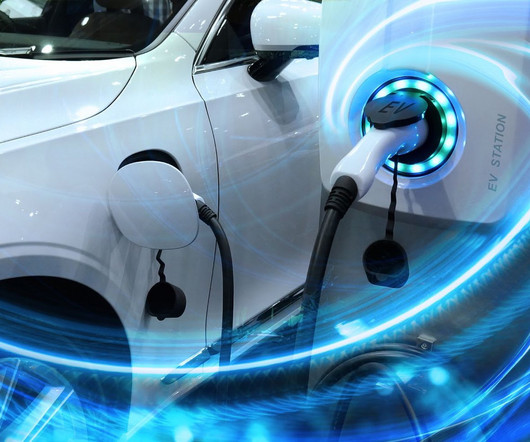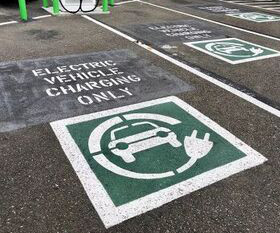Japan V2G demonstrator project using EVs as virtual power plant resource; METI funding
Green Car Congress
JUNE 7, 2018
Seven companies—Tokyo Electric Power Company Holdings, Inc. TEPCO Power Grid, Inc.; Hitachi Systems Power Service, Ltd.; Stabilizing the power grid requires the use of thermal power but this incurs costs in owning and maintaining such power generating plants. and Hitachi Solutions, Ltd.—have




























Let's personalize your content